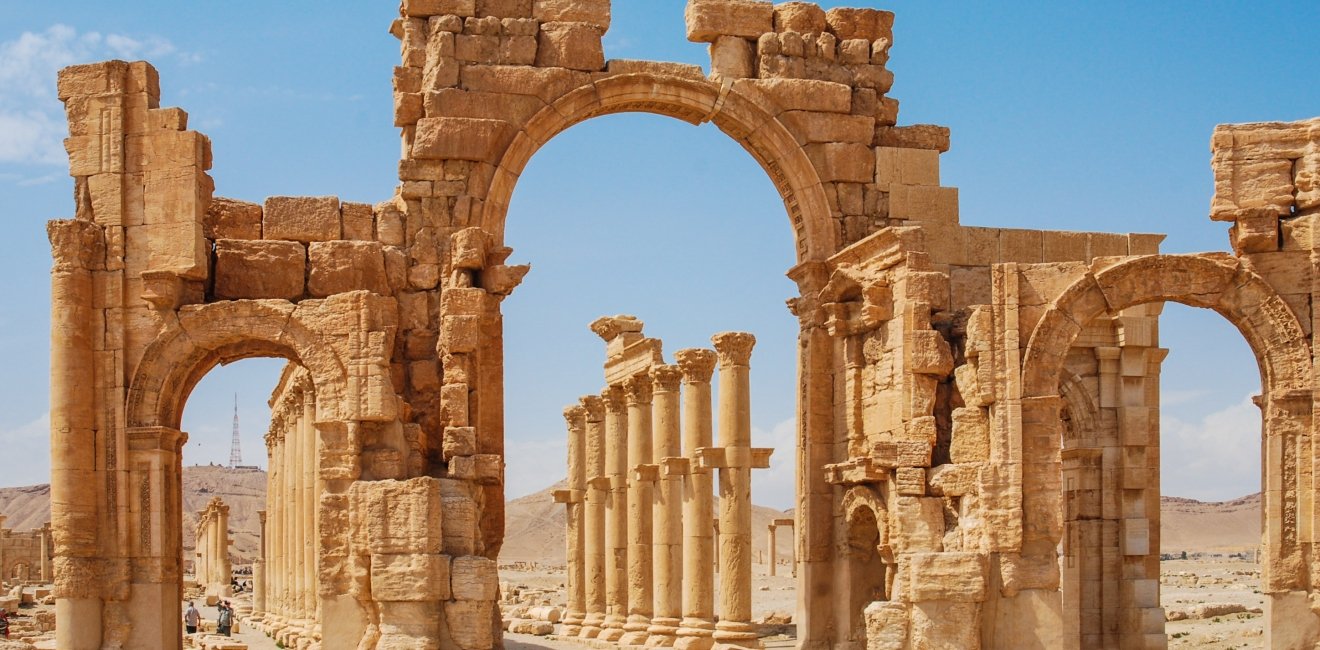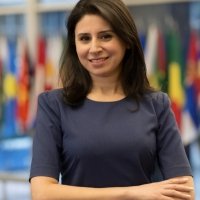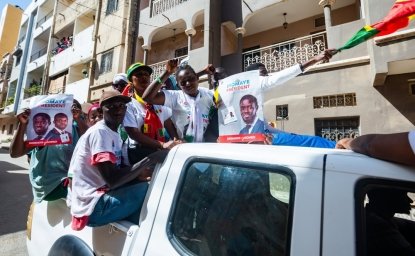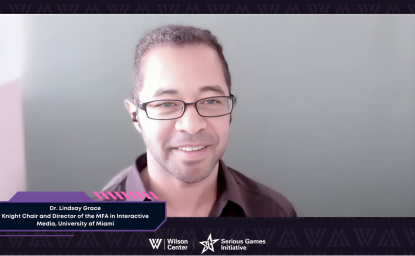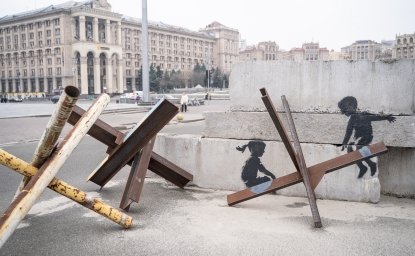The Middle East stands at a critical juncture as the region navigates its historical legacies and future aspirations. The preservation of cultural heritage is increasingly recognized by international organizations, governments, and civil society groups as a key priority amidst ongoing social, political, and environmental challenges.
Conflicts, neglect, and rapid modernization have threatened historical sites and traditions, underscoring the urgency of collective action. Cultural heritage serves as a cornerstone of identity and community cohesion, linking people to their ancestry, thus fostering a shared sense of belonging. In the Middle East, where history and tradition shape daily life, this urgency is especially apparent in Syria. The civil war and the rise of the Islamic State (IS) have not only triggered a humanitarian crisis but also inflicted devastating losses on the country’s historical and cultural heritage.
Heritage under siege
As the country enters a new political phase, protecting its heritage remains integral to rebuilding communities and restoring trust.”
Syria is experiencing its first transition of power in over 50 years with the end of Assad dynasty rule, marking a significant turning point. As the country enters a new political phase, protecting its heritage remains integral to rebuilding communities and restoring trust. The civil war and IS’ occupation of large portions of the country resulted in one of the most significant humanitarian and cultural crises of the 21st century. The deliberate destruction carried out by IS from 2012 to 2016—including attacks on Aleppo’s historic souks and citadel, Palmyra’s ancient ruins, and shrines of revered Sufi and Shia figures—was not merely about physical losses. It was a calculated strategy to erase identity and undermine community cohesion.
However, neglect of Syria’s cultural heritage was not solely a consequence of conflict; systemic issues also played a significant role. The centralized, top-down approach of the Syrian Arab Republic Government (SARG) exacerbated vulnerabilities, prioritizing certain sites under its control while neglecting others. In opposition-held areas, the absence of government support and limited foreign assistance left many cultural sites particularly susceptible to decay, destruction, and looting.
Despite these challenges, substantial efforts have been made to document, protect, and restore Syria’s heritage. In 2013, UNESCO designated all six of Syria’s World Heritage Sites as endangered. This led to partnerships with local entities to fund emergency documentation and protection initiatives. UNESCO’s Observatory of Syrian Cultural Heritage, launched in 2014, monitors damage and looting while recording disruption to intangible heritage practices. Also in 2013, the Syrian Heritage Archive Project began using digital technologies to create comprehensive records of damaged sites, while local grassroots groups in cities such as Idlib, Bosra al-Sham, Homs, and later Raqqa continue working to salvage artifacts and preserve traditional crafts and oral histories, often at great personal risk. Local preservation efforts go beyond safeguarding history; they are crucial in fostering well-being, restoring normalcy in disaster-affected communities, and strengthening resilience.
Syria’s recovery requires sustained international cooperation, as financial constraints and critical gaps in trained conservation specialists and infrastructure present weighty hurdles. Years of conflict, sanctions, and brain drain have weakened the country’s education system, limiting Syria’s ability to train specialists in conservation, architecture, and engineering. As Andrew Cohen, a former US State Department cultural heritage policy expert, once explained, the situation is akin to assigning entry-level technicians to manage an entire national park system—an overwhelming challenge for those with limited experience and resources.
The international community has been crucial in supporting preservation efforts in the Middle East over the last decade. In 2012-2013, while coordinating US assistance for Syria as part of the State Department’s Office of the Deputy Secretary’s Middle East Transitions team, I witnessed the complexities of cultural preservation amid conflict and the necessity of international cooperation. Initiatives like the Safeguarding the Heritage of Syria and Iraq Project (SHOSI), launched in 2013 by the Smithsonian Institution, trained museum experts, cataloged thousands of endangered artifacts and created digital records to combat looting. UNESCO’s Emergency Safeguarding of Syrian Heritage Project, launched in 2014, aimed to monitor and mitigate destruction.
However, these initiatives faced political and logistical challenges. Syria’s UNESCO representation was controlled by the SARG, limiting engagement in opposition-held territories. Meanwhile, a US-funded multi-year Department of State research project with the American Schools of Oriental Research (ASOR) focused on damage assessments, preservation planning, and evaluating local actors’ capacity to protect at-risk sites. Additionally, two small but impactful initiatives—the Bosra al-Sham restoration project (ASOR Bosra Project) and the basic rehabilitation of the Raqqa Museum (Raqqa Museum Rehabilitation)— demonstrated that even modest resources, when effectively targeted, can yield meaningful results.
Protecting Syria’s diversity
As Syria transitions to a new political era, concerns about the inclusivity and direction of the emerging government remain. The rise to power of Hayat Tahrir al-Sham (HTS), which assumed de facto control of major parts of Syria in December 2024, presents both opportunities and challenges. The group is designated a terrorist organization by the US, and unresolved tensions among Syria’s ethnic and religious communities could hinder its ability to unify the country. Despite these challenges, HTS has signaled an interest in cultural preservation. Experts in cultural heritage preservation note that in late December 2024, interim authorities directed the Idlib Antiquities Center, a branch of the Idlib Council, to oversee the Idlib Museum and the surrounding UNESCO-designated World Heritage ancient cities in northwest Syria. New security measures around sites such as the Aleppo National Museum further indicate a recognition of the importance of cultural heritage.
A critical test of HTS’s commitment lies in its treatment of non-Sunni cultural sites. On January 11, 2025, intelligence officials in Syria’s new de facto government thwarted an IS bombing attempt on Sayyida Zeinab, a revered Shi’a shrine near Damascus. While HTS took credit for preventing the attack, questions remain as to whether such actions signify a genuine commitment to safeguarding Syria’s diverse heritage or merely a pragmatic strategy to gain legitimacy.
International engagement in cultural preservation under HTS remains complicated. While HTS has permitted limited restoration efforts, broader concerns about governance, long-term stability, and inclusivity persist. Syria’s case offers key lessons in cultural preservation amid conflict. First, international cooperation is essential—but it must be flexible enough to operate in politically fragmented environments. Programs like ASOR’s monitoring efforts and the SHOSI project demonstrate that effective partnerships between governments, NGOs, and local actors can produce meaningful results. Equally important are partnerships with intergovernmental expert bodies such as UNESCO and the International Council on Monuments, which provide international standards, technical expertise, and access to academic networks vital to Syrian archaeology before the war.
Additionally, local preservation efforts must be recognized as critical to resilience. Syrian archaeologists, grassroots initiatives, and community leaders have played a crucial role in protecting cultural heritage. To sustain their efforts, they must be equipped with adequate funding, training, and logistical support.
Preserving identity amid conflict
Cultural preservation is not just about history; it is essential for post-conflict stabilization and economic rebuilding.”
Cultural preservation is not just about history; it is essential for post-conflict stabilization and economic rebuilding. Years of conflict, sanctions, and displacement have left Syria with a shortage of trained specialists in conservation, architecture, and engineering. Reviving cooperative frameworks, such as ASOR’s multi-country preservation programs, could provide a blueprint for Syria’s long-term restoration efforts under shifting political conditions.
While this article focuses on Syria, the challenges of cultural preservation amid conflict extend beyond its borders. Iraq’s experience with IS’s destruction of Mosul and the rebuilding of the Great Mosque of al-Nuri provide valuable insights into post-conflict heritage restoration. Lebanon’s struggles with cultural preservation—exacerbated by political instability and economic crises—highlight the critical role of local initiatives in filling governance gaps.
Meanwhile, other Middle Eastern nations are proactively preserving cultural heritage. Jordan, for example, has successfully protected its cultural sites in partnership with UNESCO, from Petra to the Roman ruins in Amman. Saudi Arabia’s Al-Ula project, integrating cultural restoration with economic development, serves as a model for long-term investment in heritage preservation.
Thirteen years since the onset of the civil war, Syria now faces the challenge of rebuilding its government and infrastructure. Cultural preservation is integral to recovery efforts, ensuring that Syria’s rich and diverse history informs its future. Ensuring that HTS upholds its promises will be vital for fostering trust and advancing the preservation of Syria’s multifaceted cultural landscape. These efforts are not just about safeguarding physical artifacts but also about preserving the intangible cultural bonds that help bridge divides and foster unity.
The international community has a crucial role in supporting these initiatives through donor assistance, technical expertise, and fostering sustainable restoration efforts. However, any engagement must consider the realities of Syria’s evolving political landscape. Cultural preservation is not just about the past—it is about shaping the future.
The views expressed in this piece are those of the author and do not necessarily represent those of the U.S. government.
The views expressed in this article are those of the author and do not reflect an official position of the Wilson Center



